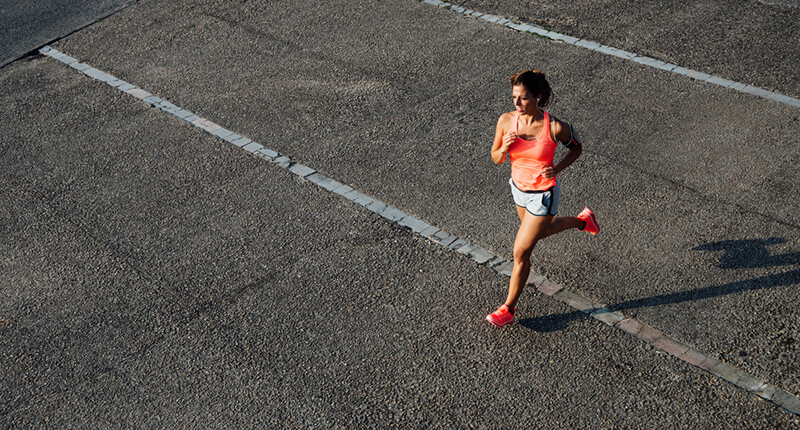Running News Daily
Running News Daily is edited by Bob Anderson. Send your news items to bob@mybestruns.com Advertising opportunities available. Train the Kenyan Way at KATA Kenya and Portugal owned and operated by Bob Anderson. Be sure to catch our movie A Long Run the movie KATA Running Camps and KATA Potato Farms - 31 now open in Kenya! https://kata.ke/
Index to Daily Posts · Sign Up For Updates · Run The World Feed
Sharpen your speed, stride, and stamina without burning out, try these workouts to maintain super-fast legs with minimal fatigue
Quick legs, fast turnover, and the stamina to keep those abilities flowing over distance are the goals of every runner. Try these three types of workouts to maintain those much-desired skills year-round, without overtraining.
Intense speed-work is an effective way to increase V02 max, but runners often take a break from those super-speed sessions during the winter months.
Too much hard, fast running can lead to a plateau in improvement or even overtraining syndrome.

We have three types of workouts that will help you maintain quick legs without becoming burnt out.
Strides (also called leg speed and form drills)

Strides can be added to your already-planned easy runs several times a week. They are a great way to run fast but avoid building lactic acid, or creating a lot of residual fatigue. If you feel out of breath during these, shorten them and reduce repeats until you’ve gained strength. Strides are perfect for beginners to experienced athletes.
Workout: 10 to 5 x of 15 seconds at a fast but controlled effort, with full recovery (45 to 90 seconds) very easy running
These can be added into the middle or end of an easy run, or tacked on to the end of your weekly long run.
Tweener repeats
Renowned coach Greg McMillan explains that ‘tweeners’ are repeats done slower than V02 max pace, but faster than your lactate threshold. The goal of these intervals is to use shorter repetitions at less-than-top speed to get the same benefits of longer speedwork sessions without the fatigue.
McMillan suggests adding recovery time if you start to breathe hard, and keeping the workouts based on effort or heart rate if possible, rather than pace. Athletes should start at approximately 85 to 87 per cent of heart rate max, and allow for an increase in later repetitions up to 92 per cent of heart rate max.
Too much calculating for you? Run these at a pace that’s hard but not full-out, and adjust the repetitions and distance as needed so that you aren’t feeling extremely fatigued between or after intervals.
Warmup: 10 minutes easy running
Workout: 4-6 x 800m at cruise interval pace with 200m recovery between each one
Cooldown: 10 minutes easy running
Hill sprints
Find a steep hill (eight to 12 per cent incline) or set your treadmill incline. These short sprints are very intense, but over quickly enough so that you shouldn’t feel out of breath or like you’re struggling to run fast. If you’re finding it hard to breathe, shorten them until you can sprint continuously without feeling winded.
Warmup: 20 minutes easy running
Workout: 10 x 10 seconds uphill sprinting, recovering with two to three minutes easy running in between each hill sprint
Cooldown: 10 minutes easy running
As always, make sure the day following a speedy one is easy running or recovery, and hydrate well.
by Running Magazine
Login to leave a comment




